- No products in the cart.
Maksigan tab 500mg 20 pieces
$3.86
Maksigan tab 500mg 20 pieces
SKU: 1245369962 Categories: Analgesics, antispasmodics, Medicaments Tags: C-PHARMA, metamizole sodium pitofenone + + fenpiveriniya bromide
Description
Composition
Active substance:
1 tablet contains: metamizole sodium – 500 mg, pitofenone hydrochloride – 5 mg, fenpiveriniya bromide – 0.1 mg ;.
Excipients:
Pregelatinized starch – 25.0 mg, lactose monohydrate – 134.9 mg Colloidal silicon dioxide – 3.0 mg magnesium stearate – 6.0 mg Talc – 6.0 mg.
Description:
White or almost white round, flat tablets with a facet and Valium. Allowed to have a slight yellowish hue.
Product form:
10 tablets in a blister of PVC and aluminum foil. 1, 2 or 10 blisters with instructions for use placed in a cardboard box.
10 lined blister packs 1 are placed in a cardboard box.
Contraindications
Hypersensitivity to the pyrazolone derivative and other components of the formulation. Inhibition of bone marrow hematopoiesis, stable and unstable angina, chronic heart failure decompensation, liver and / or renal failure; deficiency of glucose-6-phosphate dehydrogenase; tachyarrhythmia; closure type of glaucoma; prostatic hyperplasia with a tendency to urinary retention; ileus and megacolon; bronchial asthma, urticaria or acute rhinitis, sprovatsirovat reception acetylsalicylic acid, salicylates and other nonsteroidal anti-inflammatory agents, granulocytopenia, pregnancy; lactation.
Maksigan® in the dosage form is not recommended for use in children under the age of 5 years.
With careful control of the doctor and for the formulation to be applied to patients with impaired liver or kidney function, the tendency to arterial hypotension (systolic blood pressure below 100 mm Hg. V.), Bronchospasm. In case of violation of hematopoiesis as a result of treatment with cytostatics.
If you have one of these diseases, before taking this medication, you should consult with your doctor.
Dosage
500 mg
Indications
Weak or moderately severe pain spasms of smooth muscle viscera – renal and hepatic colic, pain, spastic character along the bowel, tuberculosis. It can be used for short-term symptomatic treatment of joint pains, neuralgia, sciatica, myalgia.
As an auxiliary means may be used for reducing pain after surgical and diagnostic procedures.
If necessary, the drug can be used to reduce elevated body temperature at catarrhal and infectious and inflammatory diseases.
Interaction with other drugs
At a joint appointment with the H1-histamine blockers, butyrophenones, phenothiazines, tricyclic antidepressants, amantadine and quinidine may increase m-anticholinergic action.
It enhances the effects of ethanol; simultaneous application of chlorpromazine, or the like. phenothiazine derivatives can lead to severe hyperthermia.
Tricyclic antidepressants, oral contraceptives and increase the toxicity of the drug allopurinol.
Phenylbutazone, barbiturates and others. Gepatoinduktory while appointing reduce efficiency Metamizole.
Sedatives and antianxiety drugs (anxiolytics) increase the analgesic action Metamizole.
Radiopaque drugs, and penicillin colloidal blood substitutes should not be used during treatment preparations containing sodium metamizole.
When concomitant administration of cyclosporine reduced concentration of the latter in the blood. Metamizole displacing connection with protein oral hypoglycemic drugs, oral anticoagulants, corticosteroids and indomethacin, may increase the severity of their action. Methimazole and cytotoxic agents increase the risk of leukopenia.
Effect increase codeine blockers H2-histamine receptors and propranolol (slow inactivation Metamizole). If necessary, the simultaneous use of these and other drugs should consult a physician.
Overdose
When a drug overdose the following symptoms may occur: vomiting, feeling of dry mouth, sweating change, disturbance of accommodation, reduction in blood pressure, drowsiness, confusion, impaired liver and kidney function, seizures.
Treatment: gastric lavage, saline laxatives, activated carbon, carrying out forced diuresis, hemodialysis, with the development of seizures – intravenous diazepam and barbiturates fast.
pharmachologic effect
Pharmacological group:
Non-narcotic analgesic and antispasmodic.
Pharmacodynamics:
The preparation includes: a non-narcotic analgesic metamizole sodium, myotropic antispasmodic pitofenone and m-anticholinergic agent fenpiveriniya bromide.
Metamizole a pyrazolone derivative. It has analgesic, antipyretic and antiinflammatory action. Pitofenone like papaverine, myotropic has a direct effect on the smooth muscles of viscera and causes its relaxation. Fenpiveriny due to m-anticholinergic action exerts additional relaxing effect on smooth muscle. The combination of the three components of the drug leads to relieving pain, relax smooth muscle, reducing elevated body temperature.
Pharmacokinetics:
Metamizole well and rapidly absorbed from the gastrointestinal tract. In the wall of the intestine is hydrolyzed to form the active metabolite -neizmenenny metamizole sodium in the blood is absent (only after the on / in the minor its concentration detected in the plasma). Communication active metabolite of protein – 50-60%. It is metabolized in the liver, kidneys displayed. At therapeutic doses penetrate into breast milk.
Following oral administration of pitofenone is its fast reabsorption of the gastrointestinal tract. Maximum plasma concentration achieved within 30 – 60 minutes and 0.34 – 1 mMol / l. Excreted in the urine. half-life is 1.8 hours.
Fenpiveriniya bromide is rapidly absorbed from the gastrointestinal tract and reaches a maximum plasma concentration within 1 hour. Excreted by the kidneys 32.4 – 40.4% unchanged with bile allocated 2,5 – 5,3% of the material.
Conditions of supply of pharmacies
Without a prescription.
side effects
The frequency of adverse reactions listed below, was determined according to the following (World Health Organization): very often – more often 1/10 – from more than 1/100 to 1/10 less infrequently – from more to less than 1/1000 1/100 seldom – by more than 1/10000 and less than 1/1000, very rare – from less than 1/10000, including isolated reports.
Allergic reactions: urticaria, angioneurotic edema, in rare cases – malignant erythema multiforme (Stevens-Johnson syndrome), toxic epidermal necrolysis (Lyell’s syndrome), bronchospastic syndrome, anaphylactic shock.
From the urinary system: renal failure, oliguria, anuria, proteinuria, interstitial nephritis, urine staining in red.
Cardio-vascular system: decrease in blood pressure.
From the side of hematopoiesis: thrombocytopenia, leukopenia, agranulocytosis (can be manifested by the following symptoms: unmotivated rise in temperature, chills, sore throat, difficulty swallowing, stomatitis, as well as the development of the phenomena of vaginitis or proctitis).
Anticholinergic effects: dry mouth, decreased sweating, paresis of accommodation, tachycardia, difficulty urinating.
If you experience these or other adverse reactions, as soon as possible consult a physician.
If any of these instructions side effects are compounded, or if you notice any other side effects not mentioned in the instructions, tell your doctor.
special instructions
In the period of treatment is not recommended to take ethanol. With prolonged (more than a week) treatment is necessary to monitor patterns of peripheral blood and functional state of the liver. If you suspect that the presence of agranulocytosis or thrombocytopenia should stop taking the drug.
Must not be used for the relief of acute pain in the abdomen (to determine the cause).
Use in nursing mothers requires weaning.
Intolerance rarely occurs, but the threat of anaphylactic shock after i / v injection is relatively higher than after ingestion of the drug. In patients with atopic asthma and hay fever have an increased risk of allergic reactions.
In the treatment of patients receiving cytotoxic drugs, receive Metamizole should be done only under medical supervision.
Perhaps staining of urine red due to excretion of metabolites (the clinical significance has not).
Impact on the ability to drive vehicles and other complex mechanisms: during treatment should be careful when driving vehicles and activities potentially hazardous activities that require physical and psychomotor speed reactions.
Storage conditions
In a dry, dark place at a temperature not higher than 25 C.
Keep out of the reach of children.
Dosing and Administration
Adults and children over 15 years is used inside (best after meals) is usually 1-2 tablets 2-3 times a day, not liquid, squeezed small amounts of liquid.
The daily dose should not exceed 6 tablets.
The duration of the no more than 5 days.
Increasing the daily dose or duration of treatment is possible only on the advice and under the supervision of a physician. Dosages for children. In children, the drug is used only on prescription.
Children 12-14 years: single dose – 1 tablet, the maximum daily dose – 6 tablets (1.5 tablet 4 times a day), 8-11 – 0.5 tablets, the maximum daily dose – 4 tablets (1 tablet 4 twice a day), 5-7 years – 0.5 tablets, the maximum daily dose – 2 tablets (tablets of 0.5 to 4 times a day).
Information
Appearance may differ from that depicted in the picture. There are contraindications. You need to read the manual or consult with a specialist
Additional information
| Weight | 0.100 kg |
|---|---|
| Manufacturer | C-PHARMA |

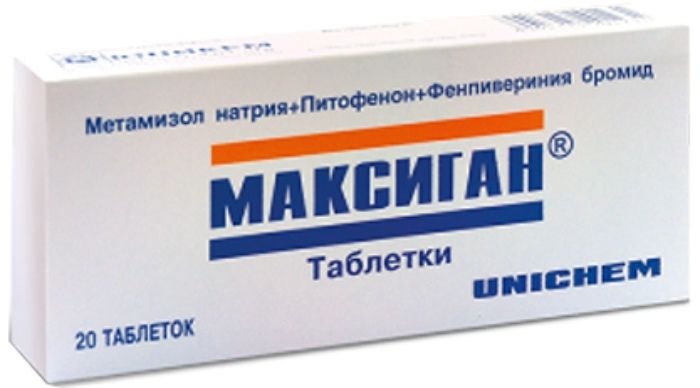
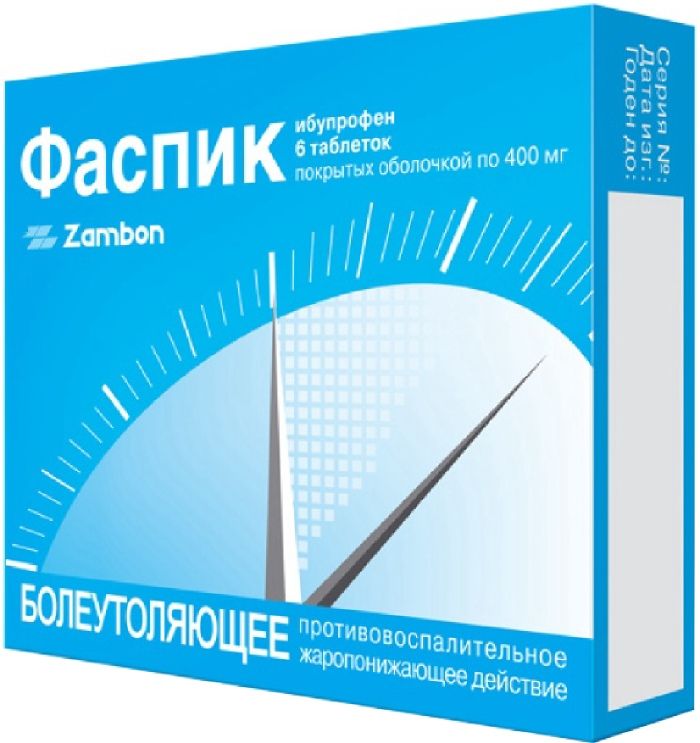
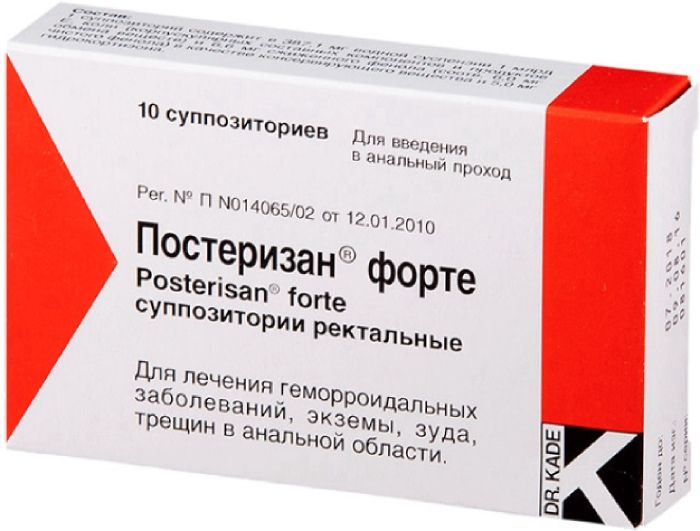
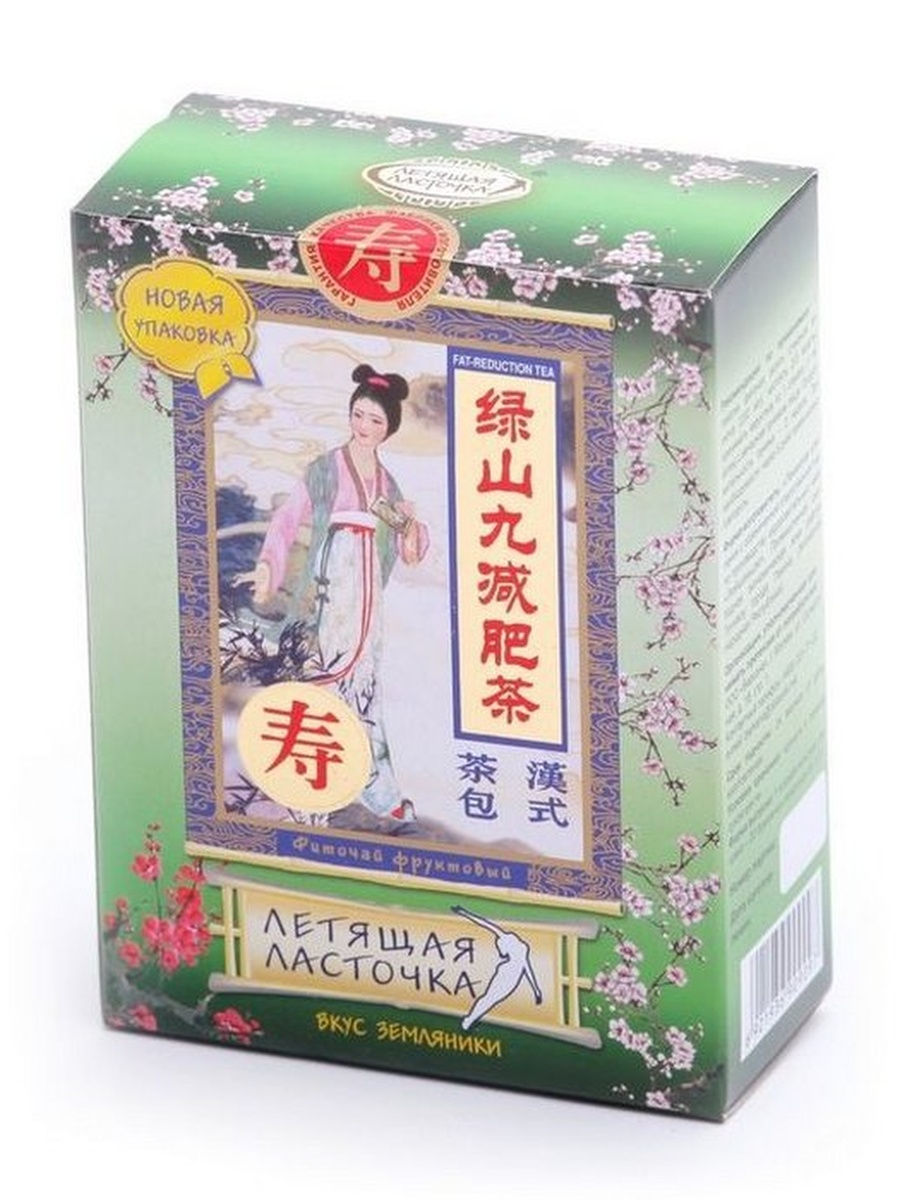
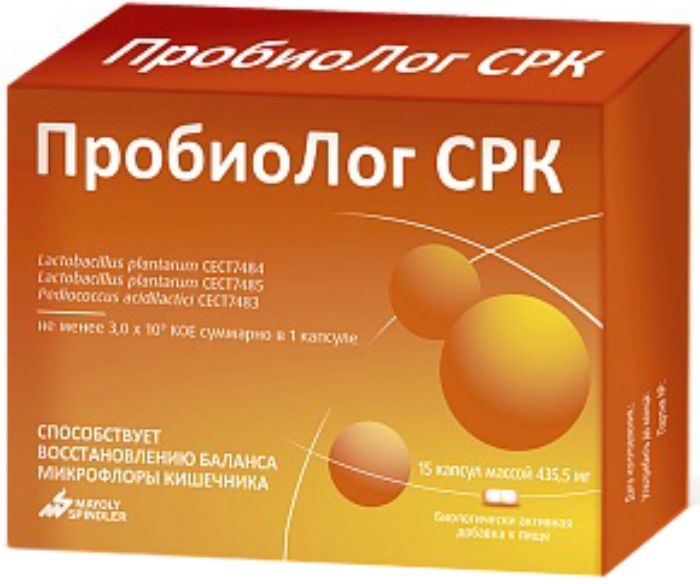
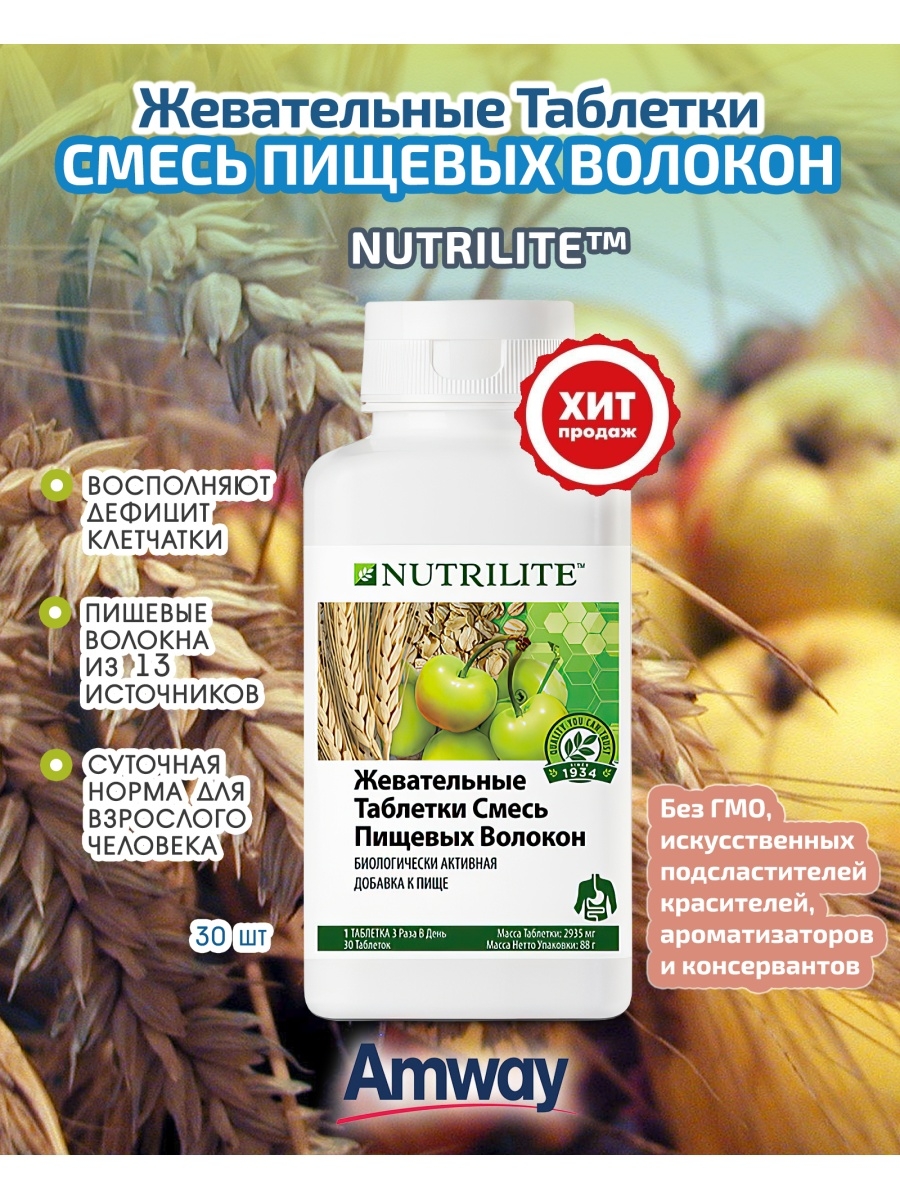
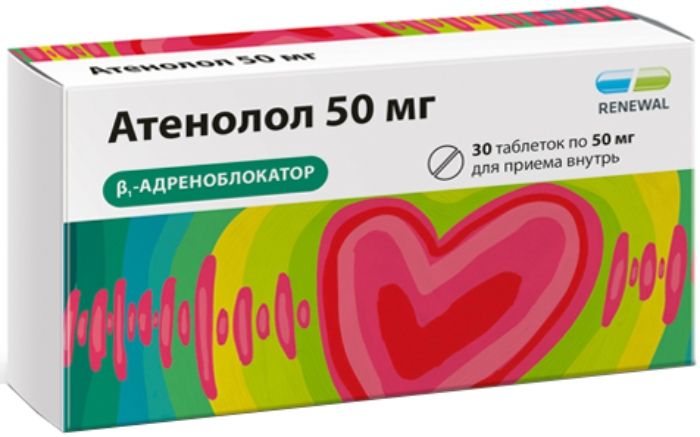
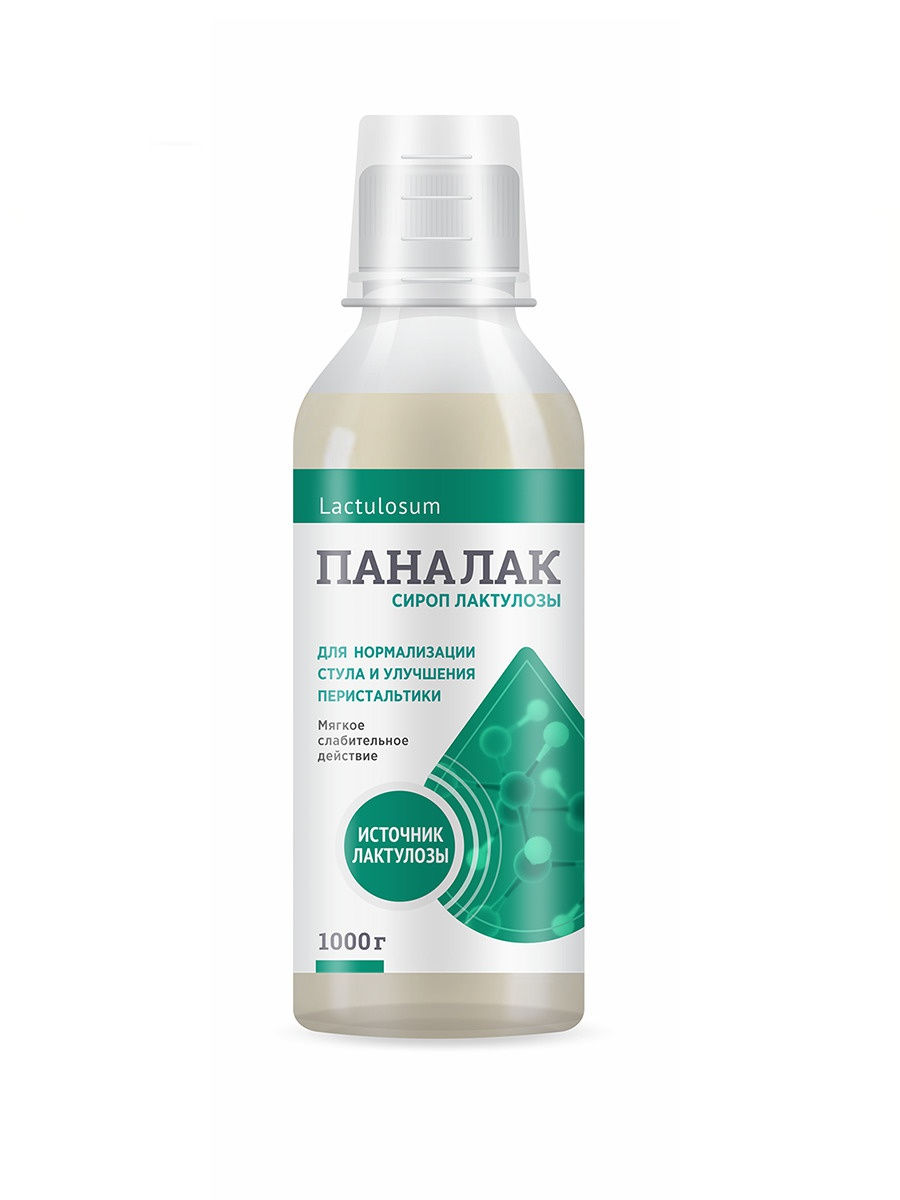
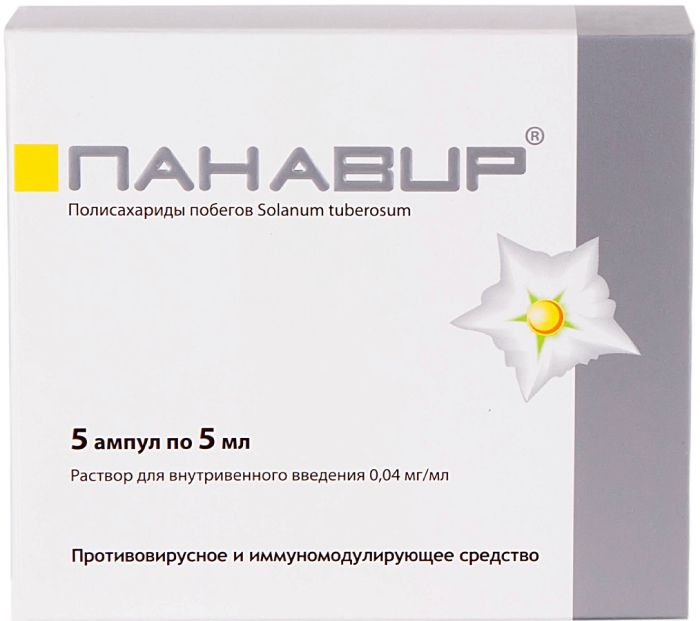




There are no reviews yet.